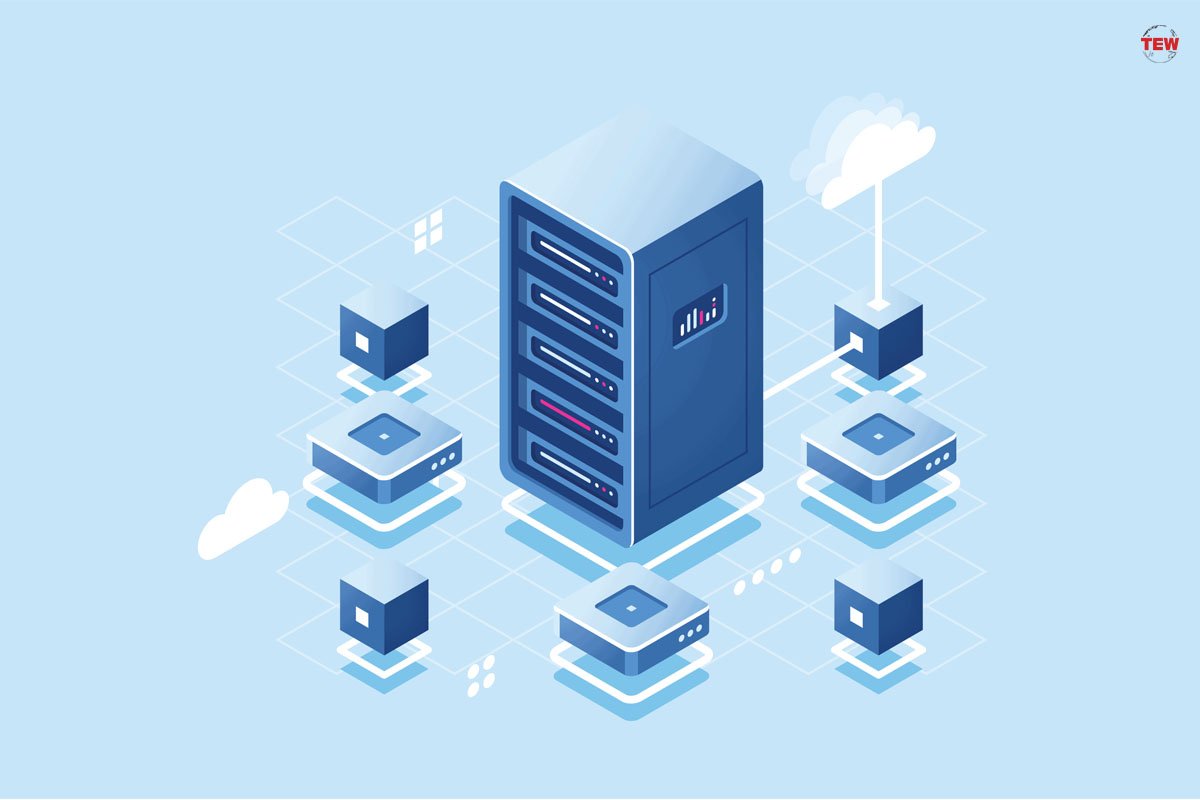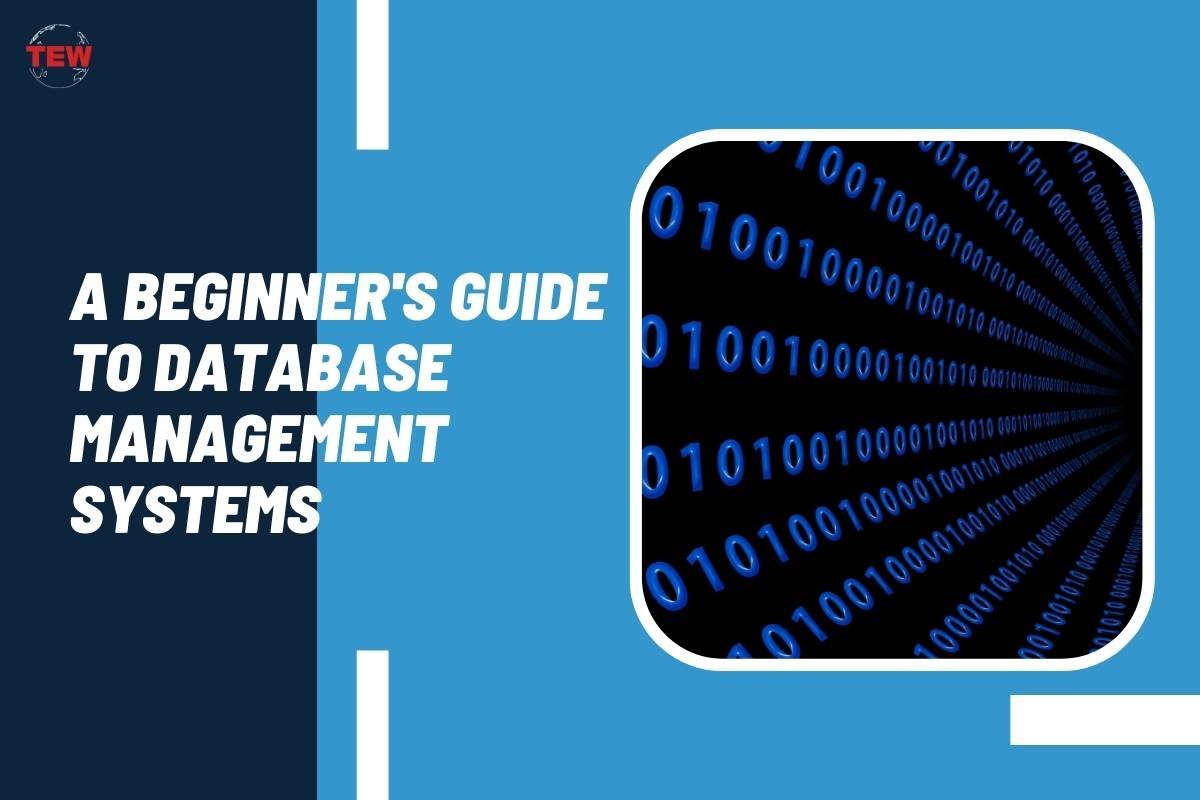The modern world is built on data but managing such large amounts of data is no easy feat, which is why we have database management systems (DBMS). These intuitive systems organize, store, and retrieve large amounts of data with ease. Whether you’re managing a customer database or a personal collection of digital artwork, a DBMS will let you manage information with ease. This beginner’s guide will arm you with foundational knowledge including what a DBMS is, why it’s important, and how it can unleash the power of your data.
What is a Database Management System?
A database management system is a software application that allows users to create, store, and access enormous amounts of data efficiently. It’s almost like a digital filing cabinet, keeping data organized and readily available. Think of a library overflowing with books with no clear system for documentation. A DBMS has the potential to take this chaos and turn it into a well-organized system, where you can recall information with ease.
Why Use a DBMS?

There are many benefits to using DBMS compared to using flat files or spreadsheets. For example, a DBMS offers enhanced security features like access control and data encryption, keeping your data safe from harm. Other benefits of using a DBMS include:
- Data organization: A DBMS follows a strictly structured approach to data storage, reducing redundancy and safeguarding data integrity.
- Data retrieval: DBMS comes with powerful querying tools, allowing users to find specific data points or generate reports quickly and efficiently.
- Data sharing: Multiple users can be given access to a DBMS, supporting modern-day collaboration.
Entity Relationship Diagrams – Understanding Your Data
Before exploring DBMS even further, it’s important to have a handle on data structure. To do this, you can use an entity relationship diagram (ERD), which is a visual representation of how real-world objects within your database are related to one another.
You can use an ER diagram maker to simplify the process of creating an ERD, which is especially useful if you’re dealing with enormous amounts of data. These platforms offer drag-and-drop diagram-building tools and standardized symbols for representing entities and relationships.
Choosing the Right DBMS
There are countless DBMS available, each with a unique set of pros and cons. Some of the most popular choices include MySQL, Microsoft SQL Server, PostgreSQL, and Oracle Database. Take into account factors like security features, cost, and scalability when choosing a suitable DBMS for your needs.

The Future of Database Management
The future of database management is bright, with advancements like big data analytics, cloud computing, and the emergence of NoSQL databases leading the charge. Cloud-based DBMS offers flexibility and scalability, while big data analytics open the door to valuable insights from enormous datasets. NoSQL databases speak to non-relational data structures, offering even more flexibility depending on the use case.
Database management systems play a critical role in interacting with and managing the modern world. As you explore the world of DBMS on a deeper level, remember that data is a powerful asset, and managing it effectively just makes it even stronger.




